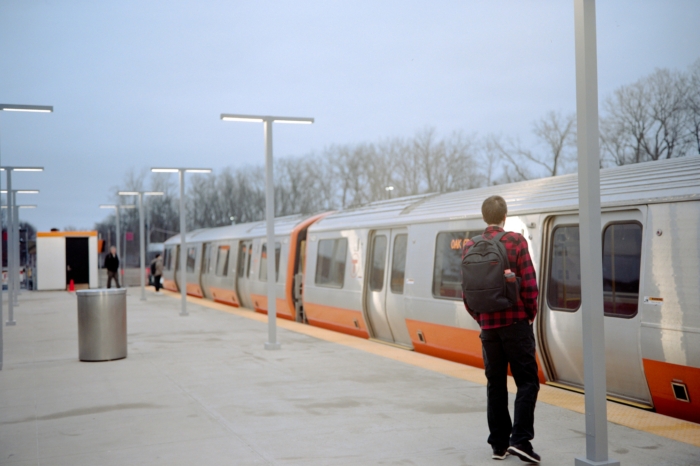Pioneer Institute Statement on MBTA Funding
It is stunning that neither Governor Healey’s state transportation roadmap nor the report from the Massachusetts Transportation Funding Task Force includes any mention of improving efficiency and productivity at the MBTA. On the capital side, large investments are needed for the T to achieve a state of good repair, and capital funding has ramped up significantly. But the Authority’s operating budget, which is projected to have an $800 million deficit next year, is a very different story.
MBTA General Manager Phil Eng deserves credit for eliminating slow zones and improving subway service, but the T is operating at an ever-increasing deficit. In FY 2018, the MBTA balanced its budget. Since FY 2020, however, annual fare revenues have fallen from around $694 million to an estimated $403 million, due largely to the pandemic.
But between 2019 and 2023, state operating support for the MBTA increased by $845 million. The very real improvements in subway service account for only a small percentage of that increase. And let’s not forget the approximately $1.8 billion the Authority received in federal pandemic aid.
Since 2018, T operating costs have risen at a yearly rate of around 7.5 percent, even as the annual number of passenger trips has fallen from 367 million in 2019 to around 235 million in 2023. Clearly, the MBTA is doing less with more.
The bus system provides a glimpse of what has been happening. In FY 2019, it cost the T $153 per vehicle revenue hour to operate a bus, compared to $259 for the MTA in New York. By 2023, just four years later, New York’s bus expense per vehicle revenue hour was $275, while MBTA’s had skyrocketed to $297. That year, the average age of the T’s bus fleet was 5.6 years, compared to 9.7 years for New York’s.
The T indeed faces daunting capital budget challenges. But it is unfair to ask riders and taxpayers to unquestioningly pick up the tab without a closer look at why operating costs are spiraling out of control.



